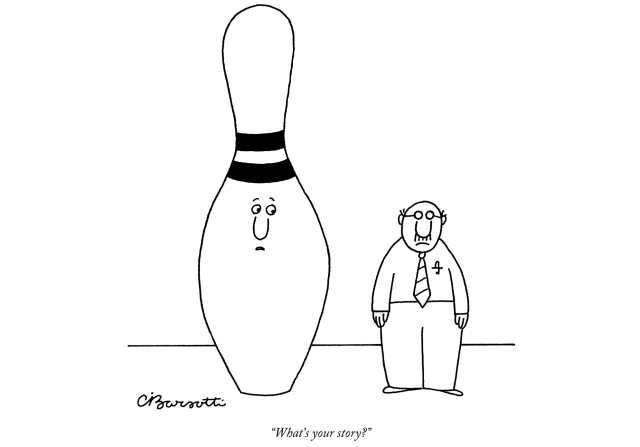
Charles Barsotti (1933–2014)
Published February 7, 2006
1. Beginnings
In 1924, journalists Harold Ross and Jane Grant, then husband and wife, developed an idea for a new weekly magazine aimed at a smart, urbane audience. They took inspiration from many places: the community of witty writers, artists, critics, and performers with whom they socialized; the modernist design ethos of the Jazz Age; and the clever humor magazines like Judge and The Smart Set that Ross read voraciously.
The New Yorker debuted on February 21, 1925, with a bare-bones editorial staff. Early on, the magazine faced financial ups and downs, and the publishers considered folding by that summer. Instead, Ross doubled down on his vision, recruiting talented artists like Peter Arno and Helen Hokinson, along with brilliant writers like Dorothy Parker and E.B. White. By the end of the decade, The New Yorker was turning a profit—and had established itself as a magazine of singular irreverence and sophistication.





